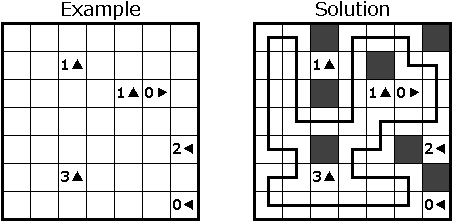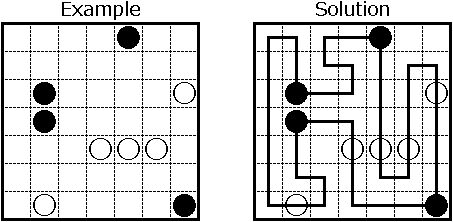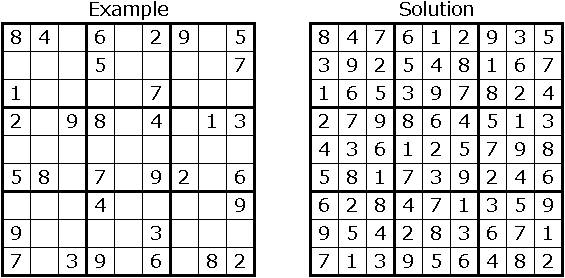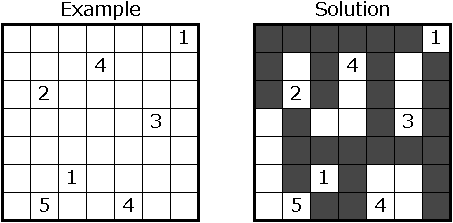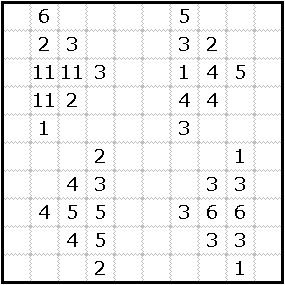1. No man has the same first initial as his wife. No couple has been married for the same number of years as the date of their anniversary.
2. Delilah's anniversary is on July 15.
3. One couple has been married for an even number of years, and has an anniversary on an even-numbered day of the month; this couple does not include Ethan.
4. Barbra has been married for exactly twice as many years as Dirk, but not for as long as Cliff (whose anniversary is July 25).
5. Carla's anniversary is later in the month than the anniversary of the couple who's been married for 15 years.
6. Andrew's anniversary and Anna's anniversary are separated by 10 or fewer days.


















